RUSS RICHARDSON: FOURTEEN YEARS SINCE THE HISTORIC ICE STORM OF 2003 - Most Notable Forest Product During Past 100 Years - The Tree Stump
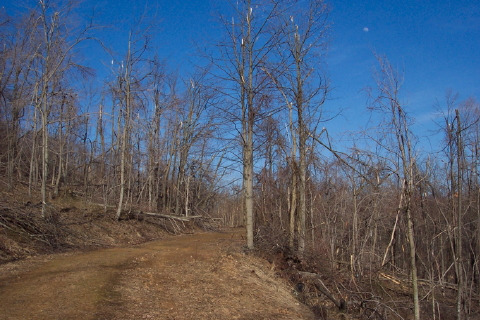
By Forester Russ Richardson
Over a three day period in mid-February 2003 an ice storm of historic proportions destroyed millions of dollars in standing timber while it also slammed the regional logging business to a halt and made going into the woods for a casual walk or ATV ride something that could only be done with incredible difficulty.
The storm started as a hard rain and, depending upon the elevation of the place you were stuck during the worst of the storm, it was difficult to separate the noise of falling trees from the roaring of the high water in the flooded creeks.
However, the creaking, snapping and crashing of large trees hitting the ground was a painful noise that persisted for the several days it took the half-inch thick coating of ice to melt from the individual twigs, limbs and stems of every tree and shrub in the woods.
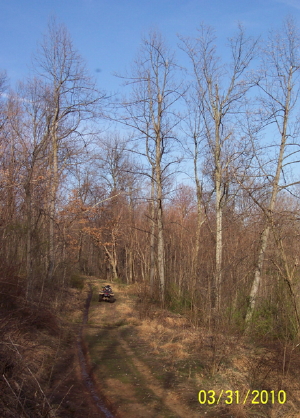
Photo above was taken seven years after the
ice storm in the same location as the top photo,
the poplar trees have started to regrow their tops
While most broken limbs will eventually heal over, some defects created by the ice damage will permanently impact the quality and value of many trees. The forks noticeable in the crown of every tree in the photo is where the original top broke during the ice storm, reducing the potential timber volume many individual trees could have produced by half.
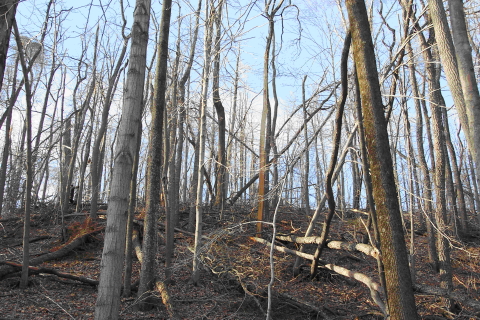
In most of the higher elevation areas of Calhoun County like Sand Ridge, Mount Zion or Liberty Hill or Roane and Wirt County places like Groundhog and Mulberry Ridge hardly a tree escaped being damaged by the ice and the forest floor was covered with a tangle of tree tops, broken limbs and uprooted trees that took more than ten years to rot.
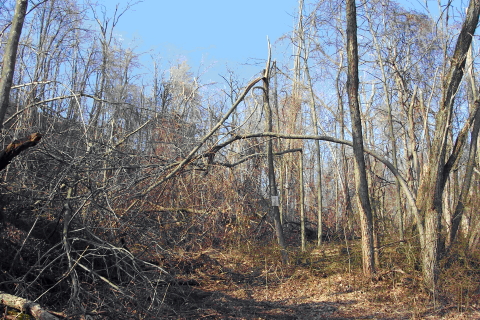
The damage was worst on any east facing forestland that was higher than 1100 feet in elevation. During height of the ice storm the slowly moving air mass created cold air eddies where pockets of very cold air got trapped on east facing hillsides causing the ice build up to be much thicker.
In some of the most fertile east-facing slopes the trees were often covered with grapevines and the combined weight of the ice on trees and grapevines proved lethal and the forest canopy was shredded as thousands of trees toppled to the ground.
For several years after the ice storm, broken limbs would drop every time a breeze blew through the woods. The last of the debris from the ice storm was finally jerked loose and thrown to the ground by the severe wind storm (Derecho) we experienced in June 2012.
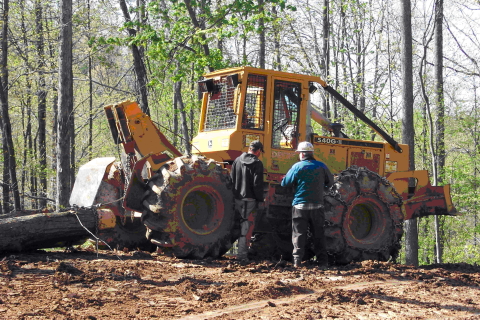
So much timber was destroyed by the ice storm that it became a mad scramble for property owners to locate an agreeable logger or sawmill willing to cut their damaged and downed trees.
As soon as loggers and sawmills learned how difficult and dangerous it was to harvest ice damaged timber, local prices dropped by over half while at the same time, in some areas of Calhoun, it became impossible to sell timber of any kind regardless of the cost or loss.
By the time the storm debris had rotted enough to make work in local woodlands safer and less costly to deal with, the Great Recession was fully underway and there was almost no timber industry left in the State.
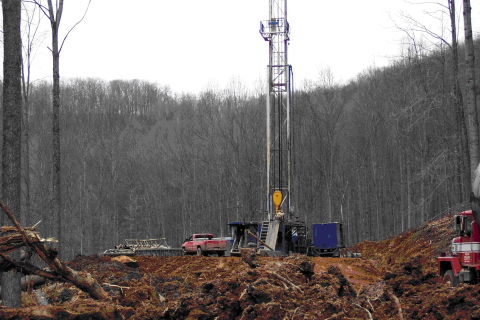
The recent collapse of natural gas and oil prices and the related layoffs in the gas fields that are expected may be good for the recovering West Virginia timber industry when some of the most talented and experienced loggers return to the woods.
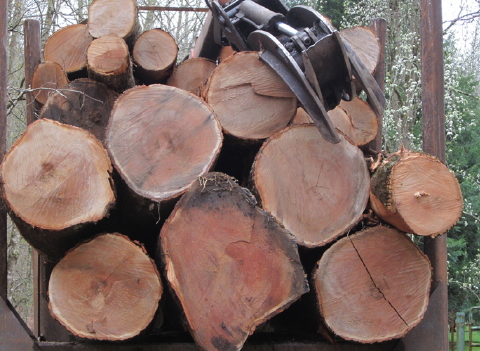
As the timber industry gets back on its' feet after almost a decade in the dump, experts agree that developing markets for value-added wood products from private forestland will be extremely important for the long term stability, health and survival of rural communities.
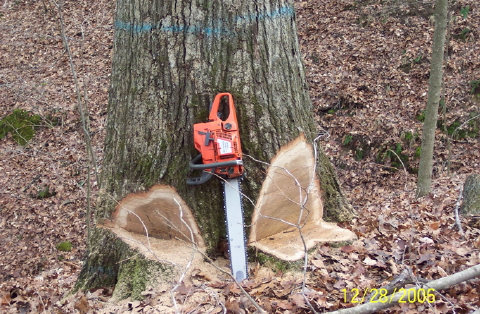
Value added forest products can be anything from kiln dried boards and unfinished furniture to clothespins, paper and pallets. With a few notable exceptions, the most valuable forest product manufactured in Calhoun County during the past 100 years has been the tree stump.
The private woodlands of West Virginia have tremendous potential, especially for heavily forested counties like Calhoun.
Long term economic growth and stability could be possible if state politicians could figure out a way to remove some of the impediments and taxes to value added forest product manufacturing that every politician seems to complain about.
But almost none appear to either understand or want to change.